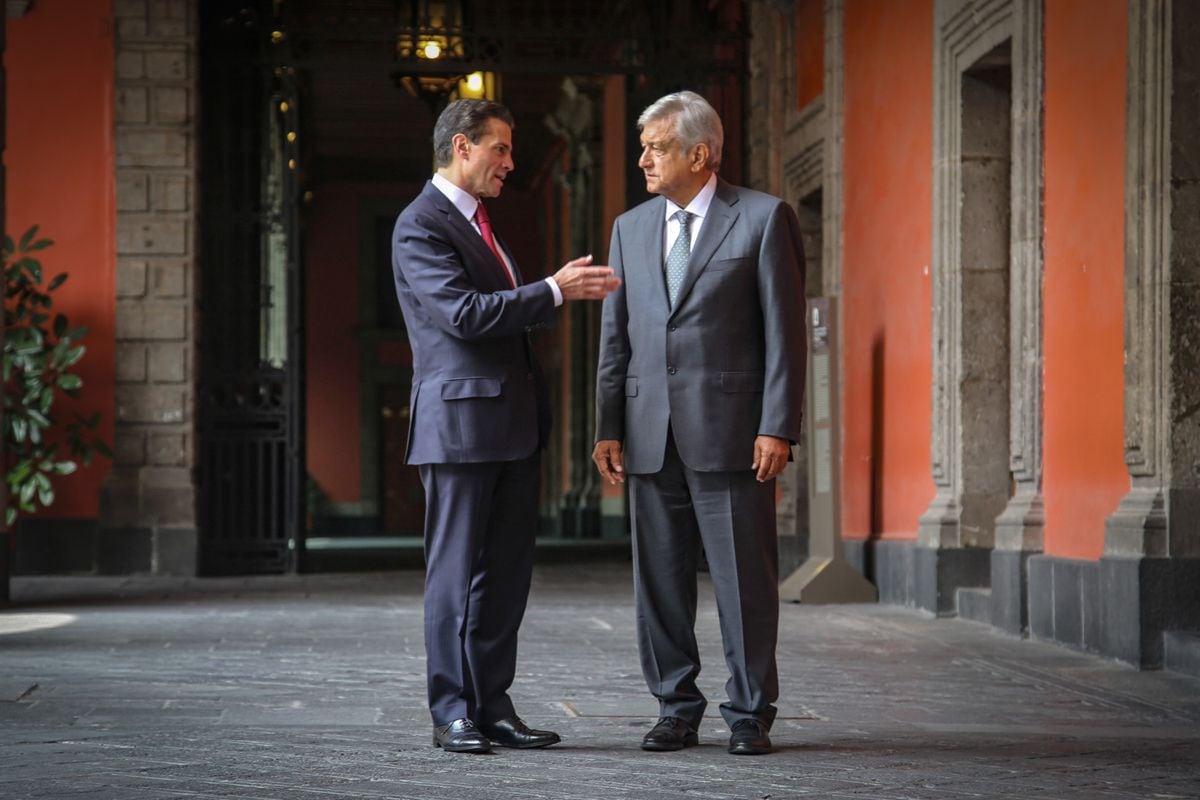Few big cities are properly prepared for the threat of climate change.
About climate change the narrative articles mostly repeat images of suffering nature, but warming is also revolutionizing life in cities: the way we live, move, eat and work. Many cities are already struggling with natural disasters and rising water levels.
A startling example of this came in January when Indonesia announced that it was moving the entire ten-million-inhabitant capital of Jakarta inland from the rising surface of the water. At the same time, land is sinking under the city due to overuse of groundwater. The rush is hard, as water is being pumped off the streets right now.
“Jakarta is certainly not the only city where this option has to be considered,” says a professor of urban environmental policy at the University of Helsinki. Sirkku Juhola.
Smoke covered the skyscrapers of the Indonesian capital Jakarta on July 29, 2019.
Instead of adapting, the debate on climate change has always focused mainly on emissions and their reduction, so-called mitigation. Even about 20 percent of climate finance goes to adaptation, even though the pressure to grow the pot is tough.
Juhola thinks that adaptation has been left out partly for a psychological reason: concentrating on adaptation would mean that climate change could not be stopped in time.
“It was long thought that there should be no talk of adaptation, because then it is as if a loss is being granted. Now it has had to admit. ”
The problem There is a long way to go before practical measures can be taken, and preparations for the effects of climate change are badly under way in most cities around the world, Juhola says.
“Our research shows that risk assessments have been carried out and measures are being planned in large cities in developed countries. Even in the poorest countries, even big cities can be in trouble, and planning has not even started, ”says Juhola.
According to Juhola, urbanization in Asia is simply so rapid that no one is in control. Slums are built in bad flood areas, and construction does not follow the principles of sustainable development at all. Not to mention the new fossil industry.
“Urban growth is informal and spontaneous. In our opinion, Helsinki is growing at a rapid pace, but it is nothing compared to the cities of millions, for example in India, ”says Juhola.
“There are constant societal solutions that are only exacerbating the situation in terms of climate change.”
Water flooded the streets of the city of Beawar in India on June 2, 2021.
According to Juhola, planning adaptation measures is often difficult because decision-makers may not even have access to basic information about how the local climate is evolving or how many people live in the city. The authorities may not even know what kind of residential areas and structures have been created in the city as people flow out of the country.
At the other extreme are a handful of the world’s most advanced cities from New York to London. They have made detailed plans for threats and are monitoring the effectiveness of their actions.
In the end, the actions of the authorities alone are not enough.
“Reforming the functioning of official institutions will not help if urban and private companies continue to operate as before. Companies may not be guided in their adaptation at all. ”
Floods and heat are already plaguing cities
London has erected ramparts along the river Thames flowing through the city, and Venice built the dam of Moses to protect the city. Helsinki also has flood ramparts for sea level rise.
Juholan according to him, rising water levels and flooding are currently the biggest concrete effects of climate change on cities. Preparing for that is big business: According to Juhola, the Netherlands in particular has excelled in water diplomacy.
“They market their expertise prominently around the world,” he says.
Of course, not all flood risk areas need to be protected.
Another solution is not to build in areas where there will be problems, or even to deliberately destroy existing buildings. New York, for example, has decided not to sustain all areas on Staten Island by water threats.
“There are‘ buy out ’programs out there that allow a resident of the area to sell their house if they want to leave. If you stay, you agree that the city will no longer take care of the area. ”
Decisions about the need for protection are ultimately also value choices: Is it more important to protect the millionaire’s beach plot or public park? Who pays for the protection of a home in a known risk area, the person himself, the insurance or society?
The family cleaned the water from their house in Beawar, India on June 2, 2021.
Urban Another acute problem is the increasingly intense heat waves. According to Juhola, this problem also affects different sections of society in different ways.
“For those of us with well-ventilated homes, the heat can be tolerable. At the equator, this can be thought of mainly in Dubai and other privileged bubbles. ”
In countless hot cities, air conditioning is a rare luxury. If air conditioners are available, they mostly run on fossil fuels.
Indirect effects change city life
To the cities there are also many indirect effects of climate change: when crops are lost in rural areas, food ceases to flow into the city.
Researcher at the Bios Research Unit focusing on climate change Jussi Erosen According to him, these indirect effects are probably the first to appear in the daily lives of Finns.
“Global effects that are traditionally seen as indirect can be seen very directly and less directly,” he says.
Many of the food, materials or other products we use here in our daily lives are already drifting into global problems. Coffee production will decrease and current cultivation areas will be radically reduced.
Read more: The safe state of food production is dwindling – heat and drought threaten up to a third of cereal production
With the warming and loss of nature, the likelihood of pandemics will also increase, and this must be prepared for, especially in densely populated cities.
“Everything affects everything, and that’s why it’s hard to look at point effects. How you adapt in Africa or China will necessarily affect how things change in Europe, ”says Eronen.
Natural disasters also do not respect national borders.
“If Russia burns, the smoke will come to us.”
The flooding of the Sabarmati River in Ahmedabad, India in August 2006 killed more than 400 people.
What do we want to preserve in our way of life?
Far in the long run, societies are facing a fundamental problem: maintaining the infrastructure of modern-day cities consumes a huge amount of natural resources and causes emissions.
“We’ve built an extensive system that eats up a lot of energy. Can it be maintained? ” Eronen asks.
“On the other hand, building a renewable or sustainable system also takes resources.”
According to Juhola, the discussions of adaptation professionals often turn to the fact that real adaptation would require a significant change in society and lifestyle instead of just floodwaters and air conditioners.
Stubbornly maintaining an unsustainable current system is not a sensible or even a possible goal for adaptation measures, he says.
“At least some kind of social debate should be about what we want to maintain about our current way of life.”
#Environment #Urban #researcher #Rich #big #cities #preparing #save #inhabitants #effects #climate #change #entire #life #preserved






